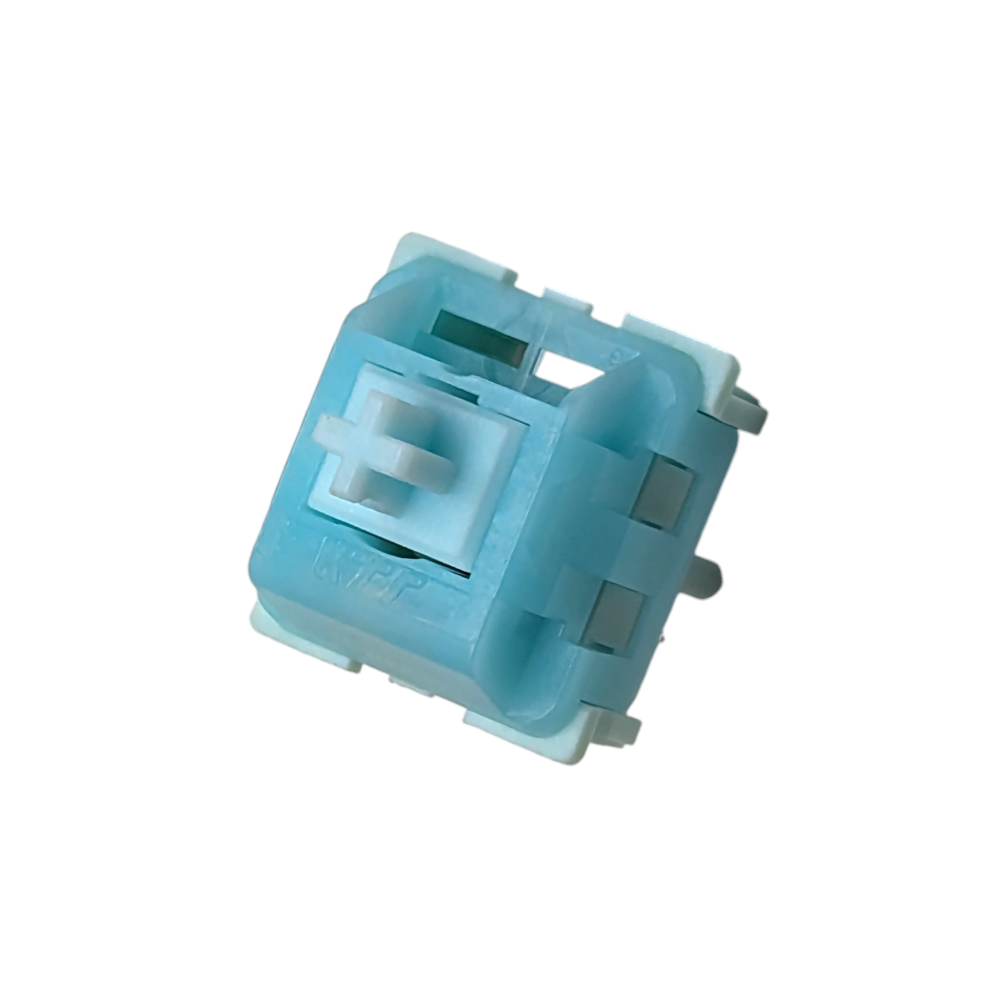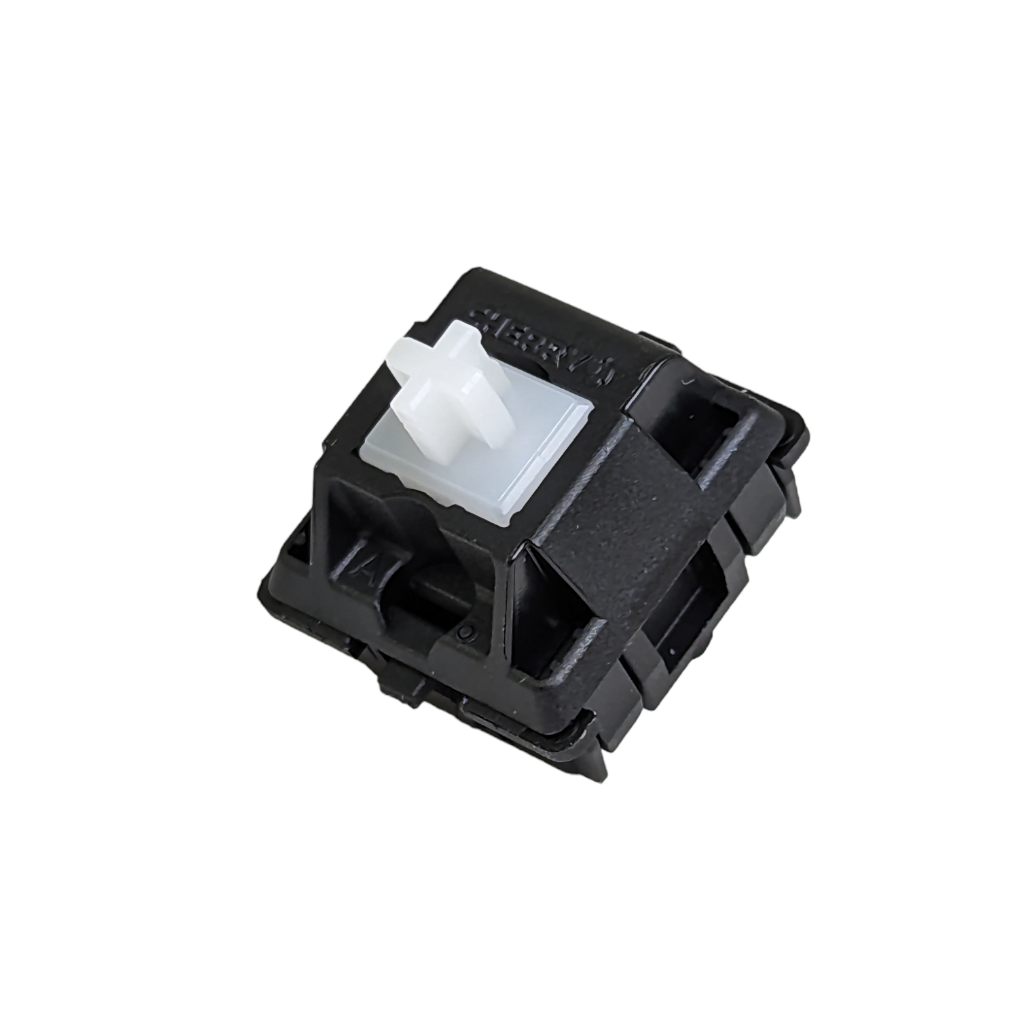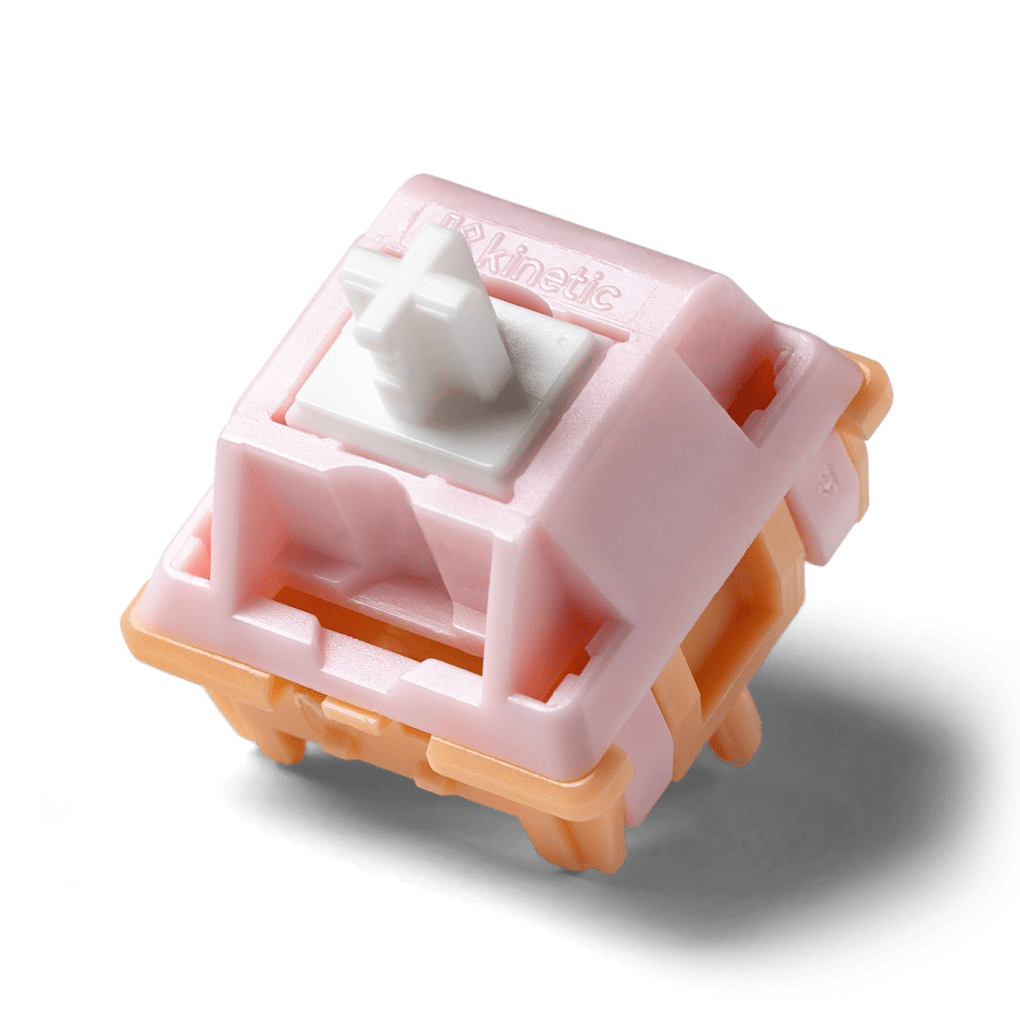Understanding the Conveniences of Tactile Switches Over for Enhanced Individual Experience
Tactile switches are indispensable to contemporary customer interfaces, offering physical responses that improves interaction precision and user complete satisfaction. By offering a distinctive feeling upon activation, responsive switches verify user inputs without the need to divert aesthetic attention, enhancing task execution and reducing mistake rates.
Exploring the Mechanics of Tactile Switches Over
To understand exactly how tactile switches enhance individual experience, it is necessary to dig into their auto mechanics. Tactile switches run with a device that users can really feel and hear when a trick is pushed. This is accomplished by including a little dome or bump within the switch, which develops resistance at a specific factor in the keypress pathway. When this point is exceeded, the resistance paves the way, generating a recognizable 'click.' This physical sensation is crucial as it offers immediate physical comments to the individual, confirming that the input has been made without requiring to turn on the switch entirely.
The building of these buttons varies, but common materials include steel for the contacts and rubber or silicone for the tactile dome - tactile switches. These parts are crafted to hold up against countless cycles, making certain longevity and regular efficiency over time. This dependability makes tactile buttons particularly favored in atmospheres that require fast, exact individual input
How Tactile Feedback Boosts Accuracy and Speed
Many users find that responsive comments from buttons considerably boosts both the accuracy and rate of their interactions with gadgets. The distinct physical feeling supplied when a responsive switch is actuated enables customers to verify their input without requiring to double-check aesthetically. This confirmation is essential in atmospheres where focus is divided throughout multiple jobs, as it guarantees inputs are both deliberate and proper.
Furthermore, the prompt responses from responsive buttons lowers the time taken between actions. Customers do not need to press secrets numerous times to ensure activation, leading to quicker feedback times. This performance is specifically useful in high-speed keying situations where each millisecond can add to total efficiency.

Moreover, the improved sensory experience decreases individual tiredness and raises engagement, making interactions more instinctive and much less vulnerable to errors - tactile switches. Therefore, tactile switches not only improve the functionality of a check here gadget yet likewise add to a much more satisfying customer experience
The Duty of Tactile Switches in Video Gaming Performance

In addition, responsive switches add to much faster response times. The physical sensation confirms the key press without the need to base out the keys, enabling quicker inputs and a smoother gaming experience. This is specifically valuable in games that require fast and repetitive keystrokes, where rate is often as important as precision.

Responsive Buttons in Professional Atmospheres
Responsive switches are just as transformative in expert environments, where efficiency and ergonomic layout enhance performance. These switches, frequently found in high-precision key-boards, are valued for their receptive comments. When pushed, they give a visible Bonuses bump midway via the keypress, verifying activation without the need for complete travel. This attribute enables experts such as typists, designers, and data entrance staffs to increase inputting rate and accuracy, lowering the danger of mistakes and the pressure related to prolonged keyboard usage.
In settings like control rooms or workshops, responsive buttons are integrated right into tools for their trustworthy efficiency. They provide operators the assurance needed in high-stakes environments, making certain that every command or modification is performed as meant. This reliability, coupled with the responsive response, assists maintain high degrees of concentration and operational performance, crucial in maintaining workflow and conference expert standards.
Comparing Tactile and Non-Tactile Interface
Exactly how do responsive individual interfaces contrast to their non-tactile counterparts? The key difference hinges on the feedback important link offered to customers. Tactile interfaces, such as those with physical buttons or distinctive surface areas, offer immediate physical comments through touch. This sensory response can boost customer accuracy and speed, specifically in environments where aesthetic interest must be separated. Non-tactile interfaces, like those with level touchscreens, count on visual or acoustic feedback, which might not be as immediate or with ease processed.
The choice between responsive and non-tactile interfaces commonly depends upon the application's context and customer demands. Responsive user interfaces are very useful in scenarios requiring procedure without straight line of view, such as driving or in specific industrial settings. Alternatively, non-tactile interfaces can be superior in clean or sterilized settings where physical buttons may harbor impurities. Each kind has its toughness, and the ideal option enhances customer communication, making sure efficiency and efficiency in user experience.

Conclusion
In final thought, responsive buttons substantially enhance user experiences by providing important physical responses. By supplying a much more instinctive and pleasing interaction, tactile switches prove remarkable to non-tactile interfaces, making them a preferred option for customers seeking reliability and efficiency in their interactions with innovation.